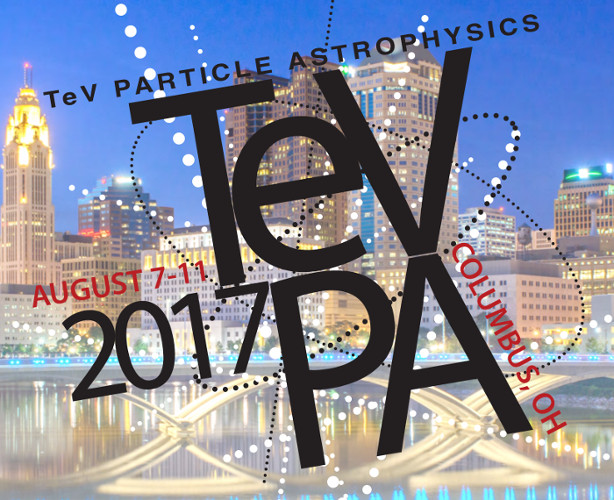Speaker
Description
Gamma ray astronomy provides a powerful way to study particle acceleration and diffusion within high-energy astrophysical phenomena such as supernova remnants and pulsar wind nebulae. Constructing a coherent physical picture of these sources requires the ability to detect extended regions of gamma-ray emission, the ability to analyze small-scale spatial variation within these regions, and the ability to synthesize data from multiple observatories across multiple wavebands. Air Cherenkov telescopes provide fine angular resolution (<1 degree), but their limited fields of view typically make detection of extended sources challenging.
Maximum likelihood methods are well-suited to simultaneous analysis of multiple fields with overlapping sources, and to combining data from multiple gamma-ray observatories. These methods allow for estimation of the cosmic ray background for air Cherenkov observations for sources as large as the entire telescope field of view. We report here on the development of a maximum likelihood approach for the air Cherenkov observatory VERITAS and discuss potential applications of this method.

